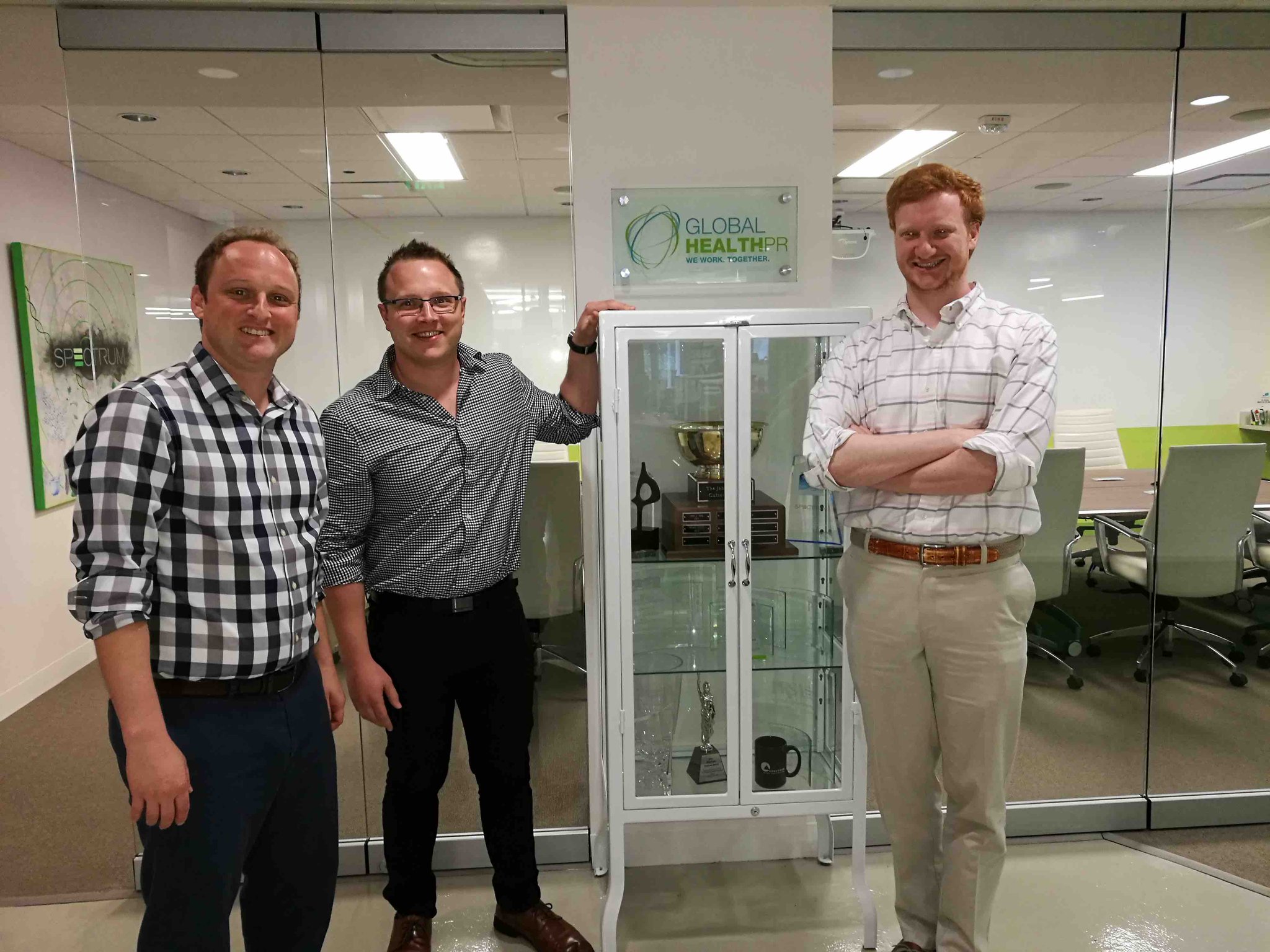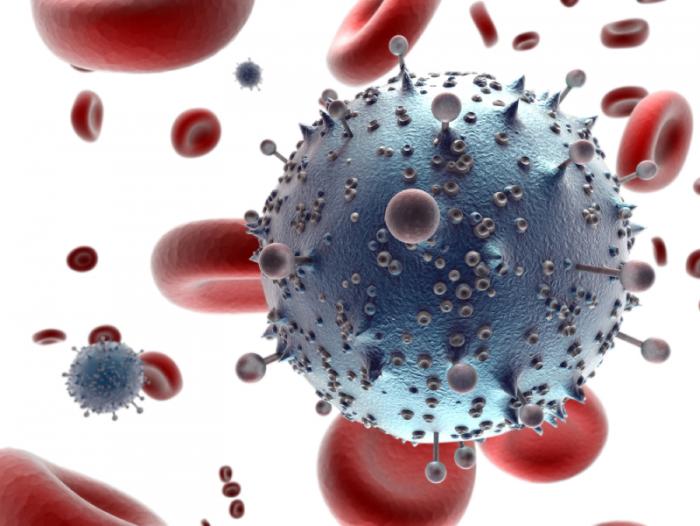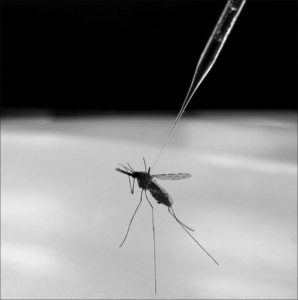By Kaitlin Bowen and Mark Henderson
 Recently, partners from around the world gathered to learn, share and connect during the 2017 GLOBALHealthPR® (GHPR) Annual General Meeting, held in Mexico City. One of the unique aspects we discussed in Mexico is the annual GHPR employee exchange program. We recently interviewed the participants of this year’s program to reflect on the highlights:
Recently, partners from around the world gathered to learn, share and connect during the 2017 GLOBALHealthPR® (GHPR) Annual General Meeting, held in Mexico City. One of the unique aspects we discussed in Mexico is the annual GHPR employee exchange program. We recently interviewed the participants of this year’s program to reflect on the highlights:
As a part of the GLOBALHealthPR (GHPR) exchange program, Mark Henderson from VIVA! Communications in Australia and Kaitlin Bowen from Spectrum in the United States flew halfway around the world to “swap desks” and experience healthcare communications in each other’s home countries.
The exchange program, designed to enhance the connectivity of GHPR agencies, helps foster collaboration among the independent health and science communications network and enables agency employees the opportunity to gain insight into the drivers that affect health and science communications in other markets.
Kaitlin and Mark reflected recently on the major differences between the two countries and what they gained from their GLOBALHealthPR exchange experience.
What is the major difference you saw between the health industries in Australia and the United States?
Mark Henderson – VIVA! Communications, Australia: While in the States, I learned about medicines when I wasn’t even expecting to, as direct-to-consumer (DTC) advertisements often appeared on television and in magazines – this came as quite a surprise to me. I was enthralled by the advertising, but further to this, the amount of political discussion and conversation in the community around healthcare and medicines. That was intriguing, and I think it’s a good thing.
Living in Australia, we tend to become complacent about our access to free medicines and hospital care (well, free for the most part), and that shrinks the public conversation on healthcare in Australia somewhat. That is, unless one is championing a certain medicinal cause, working in the health industry or battling with a disease that requires difficult to access therapies.
On a slightly different note, I was shocked to see promotion of cigarettes in the U.S. I picke d up a magazine at the airport, and was confronted with a discount offer for a new brand of cigarettes. Not just an advertisement, but a discount offer for cigarettes – how can this be allowed?
d up a magazine at the airport, and was confronted with a discount offer for a new brand of cigarettes. Not just an advertisement, but a discount offer for cigarettes – how can this be allowed?
In Australia, we have so many regulations regarding cigarette advertising in attempts to decrease cancer rates –our laws include plain packaging, locked cabinets and no advertisements for cigarettes. So to see cigarettes advertised in the U.S. was confronting.
Kaitlin Bowen – Spectrum, United States: Due to the restrictions around direct-to-consumer advertising in Australia via the Medicines Australia Code of Conduct, healthcare companies and the PR and marketing agencies that support them must be creative to connect with stakeholders in meaningful ways. Empowering advocacy partners and patients is critical.
Due to this tightly regulated health communications environment, VIVA!’s work tends to be highly patient-centric, which is great. Most campaigns include regional or state-specific patient spokespeople who can provide first-hand commentary on what it’s like to live with a certain disease or condition. This, combined with dynamic content and a the knack for media relations creates comprehensive patient case studies, videos and infographics (both still and animated) that are really easy for the media to reference and extract for use in their stories.
How does the working culture differ between VIVA! & Spectrum?
KB, USA: Overall, the team is very collaborative and it’s often all hands on deck to do great work for our clients. Even the agency’s Principal is not afraid to jump in and help, lending her expertise and experience to all aspects of client service, including making pitch calls and proofing content.
Additionally, I found Australians to be quite direct with each other – no sugar coating feedback or direction – which helps keep projects moving along efficiently. I think it also helps boost camaraderie within the agency, which can go a long way for maintaining morale among employees and ultimately helps drive a better quality product for clients.
The VIVA! office had a similar vibe to our Spectrum offices with lots of open, collaborative space and cool, scientific imagery around the office.
I view my Spectrum team as family, so I think the VIVA! gang is pretty much our cousins Down Under – the people, culture and energy in the office space were surprisingly similar to our Spectrum team here in the U.S. That’s the great part about the GLOBALHealthPR network – the agencies are so like-minded not only in our office environments, but also in our values and what motivates us to do great work for our clients. I feel so fortunate to have had the opportunity to live, work and play in Sydney for a few weeks and form long-lasting friendships with our GLOBALHealthPR partners in Australia.
MH, AUS: Overall, both Spectrum and VIVA! work in the highly specialised healthcare PR arena, part of which allows us to craft and share the fascinating stories that create buzz and hype around healthcare therapies, medicines, medical research and science.
I was really privileged to meet so many American healthcare PR peers, and was impressed by the different stories and reasons for pursuing healthcare communications. Some of the Spectrum staff have Ph.D.’s and are trained scientists. The knowledge and experience that these experts can lend to the science of health is invaluable, and they are lovely people too!
How will you continue to build relationships across the GLOBALHealthPR network now that you’re back home?
MH, AUS: I think the amazing thing about the exchange program is that we are visiting and partnering with not just friends, but colleagues. I’m thrilled to be able to have the opportunity to continue to grow and build relationships with all of my healthcare PR peers. It’s something truly unique to GLOBALHealthPR.
I am eager to remain in touch, and to continue working alongside and collaborating with my American counterparts, and friends in the U.S.
KB, USA: In the words of Uncle Ben from Spiderman, “with great power comes great responsibility.” Because I’ve been given the amazing privilege to participate in the GHPR exchange program, I believe it’s important as partners that we continue to support and build the GLOBALHealthPR network on behalf of each of our agencies.
The beauty of GHPR is that each of us are experts in our local healthcare marketplaces, but we have that global reach and connectivity across the world through each partner agency. What’s really special is that we’re not just professional acquaintances, but friends. I remain connected to my VIVA! colleagues on Facebook and always look forward to hearing the latest client updates and the GHPR Annual General Meeting. In the spirit of the GHPR exchange program, I will continue to work to foster collaboration and best practice sharing across the network.
Kaitlin Bowen is an Account Director at GHPR U.S. partner Spectrum. Mark Henderson is the Queensland Branch Manager at GHPR Australian partner VIVA! Communications. To check out Kaitlin’s and Mark’s experiences from the GLOBALHealthPR Professional Exchange Program and other GHPR programming, use #GHPRConnects to connect and join the conversation.

 I’ve been in Sydney, Australia for just over a week now as a part of the
I’ve been in Sydney, Australia for just over a week now as a part of the 





